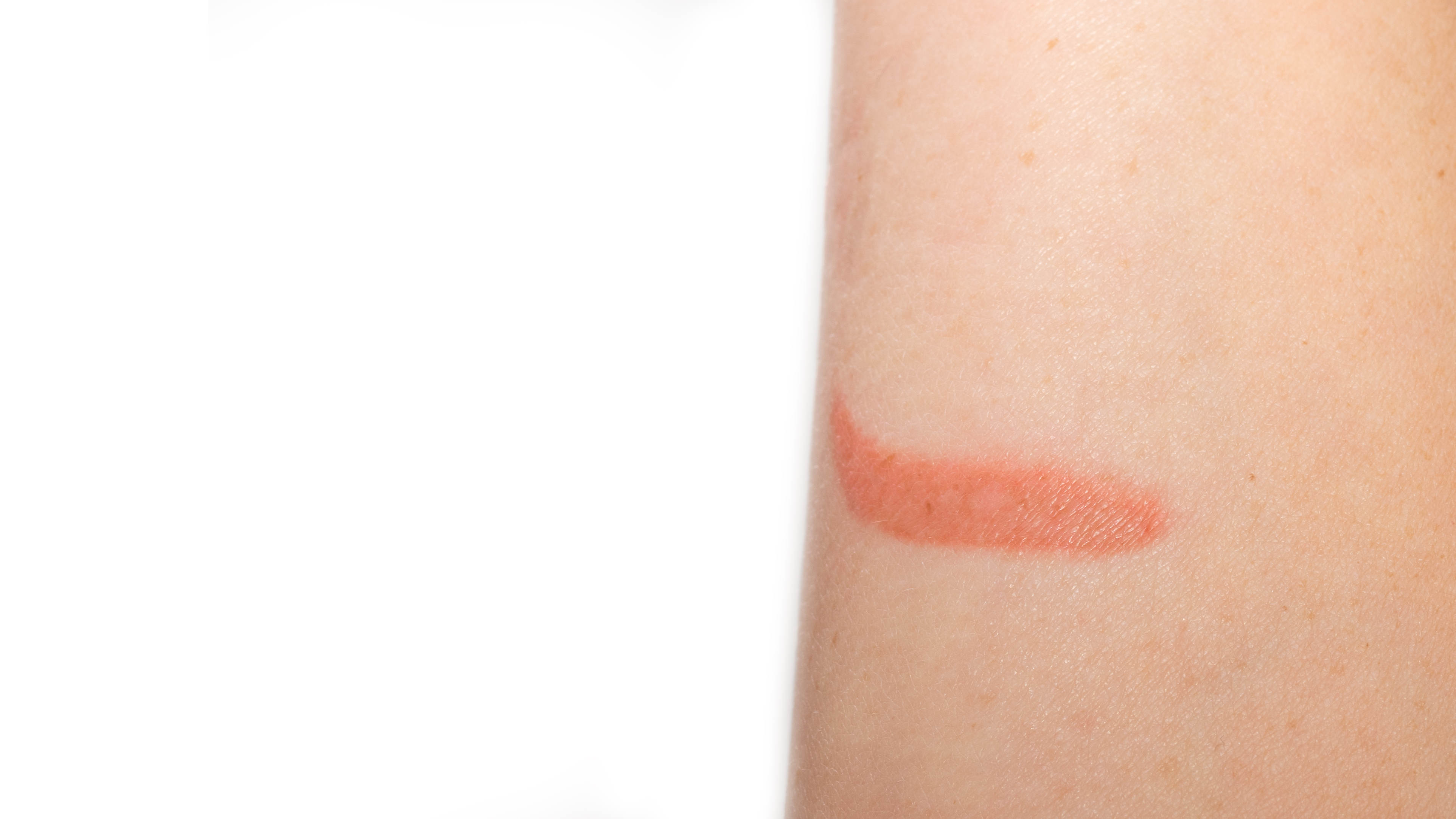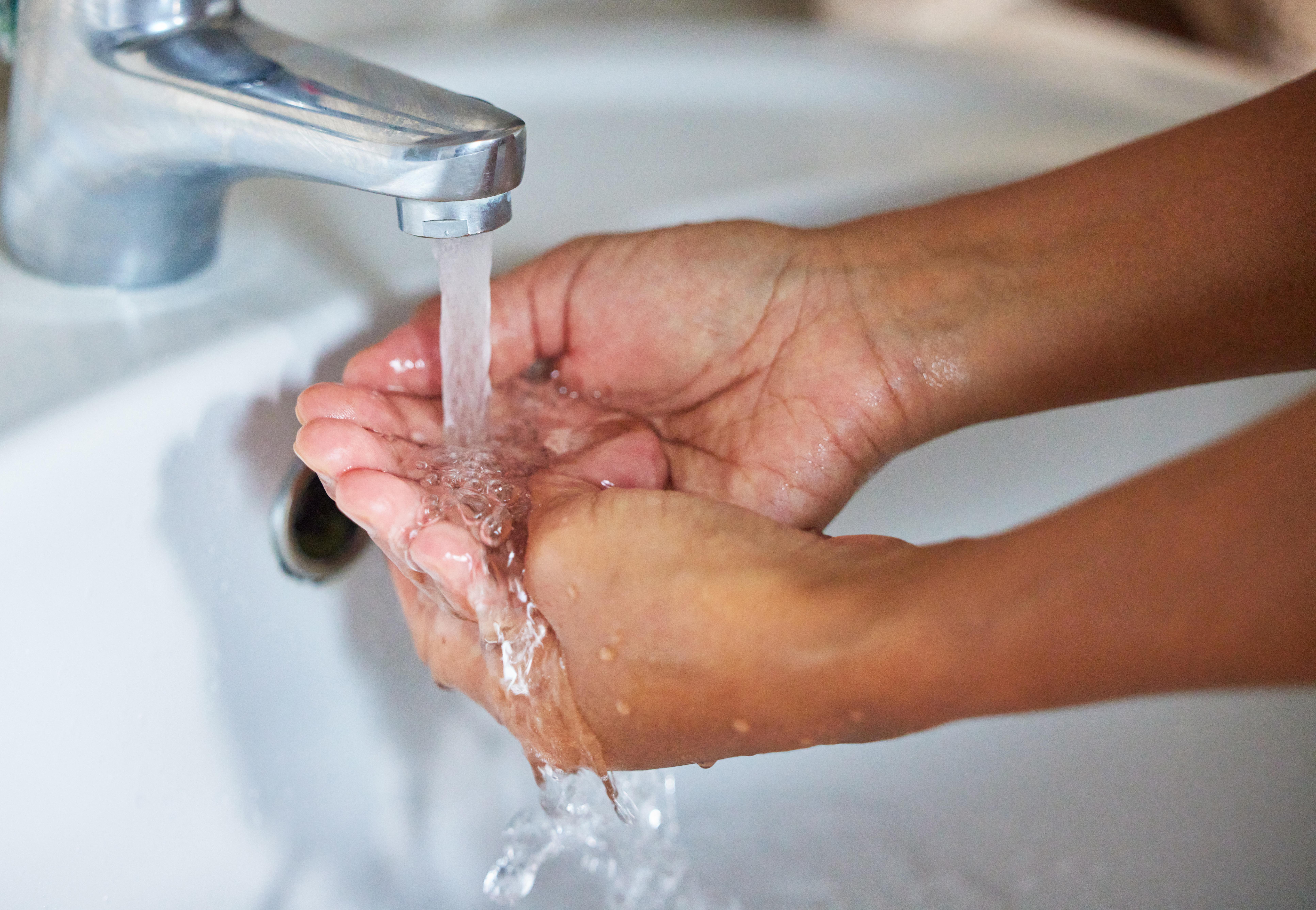10 Essential First Aid Techniques for Effortlessly Managing 1st Degree Burns
In the realm of first aid, 1st degree burns often appear as minor injuries, yet they require meticulous care to ensure proper healing and prevent complications. These burns affect only the outer layer of the skin, known as the epidermis, and are characterized by redness, pain, and sometimes minor swelling. While they are not as severe as second or third-degree burns, their management is crucial for comfort and rapid recovery. This guide delves into the essentials of managing 1st degree burns effectively, providing a comprehensive resource for first aid techniques that can be employed effortlessly. By understanding the nature and treatment of these burns, individuals can alleviate discomfort and promote healing, making this guide an indispensable tool for anyone seeking to enhance their first aid skills.
1. Recognizing 1st Degree Burns

The first step in managing any injury is accurate identification, and 1st degree burns are no exception. These burns typically result from brief contact with hot surfaces, mild sun exposure, or scalding liquids. Unlike more severe burns, 1st degree burns do not blister, which makes them easier to identify. The affected skin appears red and dry, and while there may be some swelling, the integrity of the skin remains intact. Recognizing these characteristics is crucial for determining the appropriate course of action. Misidentifying a burn can lead to inadequate treatment, prolonging discomfort and increasing the risk of complications. By familiarizing oneself with the visual and sensory signs of 1st degree burns, individuals can ensure they respond promptly and appropriately, setting the stage for effective management and recovery.
2. Immediate First Aid Steps

Once a 1st degree burn is identified, immediate first aid is essential to minimize damage and alleviate pain. The initial step is to cool the burn by running it under cool (not cold) water for at least 10 to 15 minutes. This helps to reduce swelling and prevent the burn from worsening. If running water is unavailable, a cool, damp cloth can be applied to the affected area. It's important to avoid using ice or extremely cold water, as this can further damage the skin. After cooling, gently pat the area dry with a clean cloth. This immediate response is crucial in managing pain and setting the foundation for further treatment. By effectively implementing these steps, individuals can significantly improve the outcome of the injury, ensuring a smoother path to recovery.
